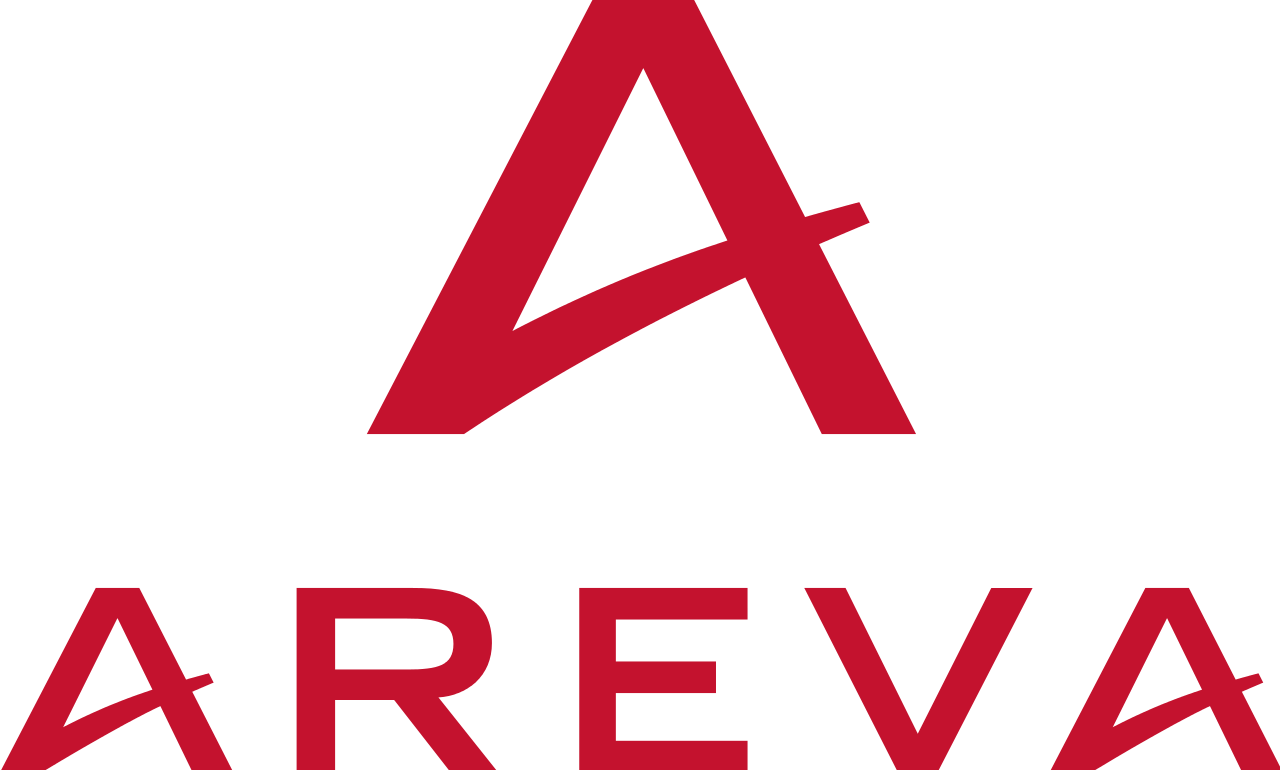The incident that occurred on July 8 at a SOCATRI treatment station has been the subject of numerous communications made public by stakeholders from industry, elected and public authorities, and action groups. All of which are legitimate.
SOCATRI, for its part, kept the authorities and media fully abreast of developments throughout last week. The time taken on the morning of July 8 between discovering the incident, to understanding the situation and informing the authorities, is currently being audited internally. The aim is to establish whether this time was justified, given the time taken to complete the analyses and mobilize the teams. Furthermore, SOCATRI invited those experts and associations wishing to do so to take part in the sampling and analysis processes carried out as part of the stepped-up environmental surveillance on its site.
The debate over the past few days on communications should not overlook the essential fact that the incident has been classified INES level 1 out of a maximum 7, and that – according to the institute for radiation protection and nuclear safety – the consequences for the people living nearby are negligible. Moreover, WHO standards for drinking water are now fully complied with.
SOCATRI regrets that CRIIRAD has decided to mix in other phenomena and deliberately play on people’s concerns. The accusations levied at the group on its managing of “Tricastin hill” are unjustified; this issue, which has nothing to do with SOCATRI, has been known for several decades and has been the topic of a recent presentation to a local information committee:
From 1964 to 1976, items from diffusion barriers used in the uranium enrichment process were stored to the north-east of the site.
- The storage location, a small hill some several meters high, was built on a layer of clay that isolated the stored material from the water table.
- Since the 1980s, annual pumping operations have been performed systematically to drain and monitor this water table. In 1998, these observations were supplemented by an examination by engineering firm Dames & Moore, which concluded that the storage hill in no way represented a risk to people’s health.
- This matter was made public in a presentation to a local information committee in 1990, compiled in the first ANDRA inventory in 1993, and presented to the Committee for information on major energy equipment (CIGEET) on July 4, 2008.
- In 2006, the CEA agreed to give AREVA ownership of this hill, which also contains military waste that the group did not generate.
- Results have been presented in various reports (Guillaumont, Dames & Moore).
- The installation is monitored using piezometers and is inspected by the French defense security authorities. Results indicate an average uranium concentration that is half the level recommended by the WHO (15 µg/l).
- A study in 1998 revealed that the hill was stable and caused no environmental impacts; the recommendation was to leave it as is[1].
- The French defense security authorities declared to local authorities on July 4 that (on July 10, during an on-site visit): “this matter is controlled by the operator and perfectly known by the authorities.”
The communications issued by CRIIRAD lack the very clarity they claim to demand. With its exaggerated emotional tone, CRIIRAD is once more diverting people’s attention to its anti-nuclear agenda. Ultimately, public information and the necessary debate on energy are what suffer from this method.
[1] The “Guillaumont” public report recommended an impact study be made.
A study by Dames & Moore in 1998 showed there to be no health risk, but recommended piezometric monitoring.
Press contact:
Catherine Dalverny
06 89 09 64 51
Gilles Salgas
06 77 02 15 32
